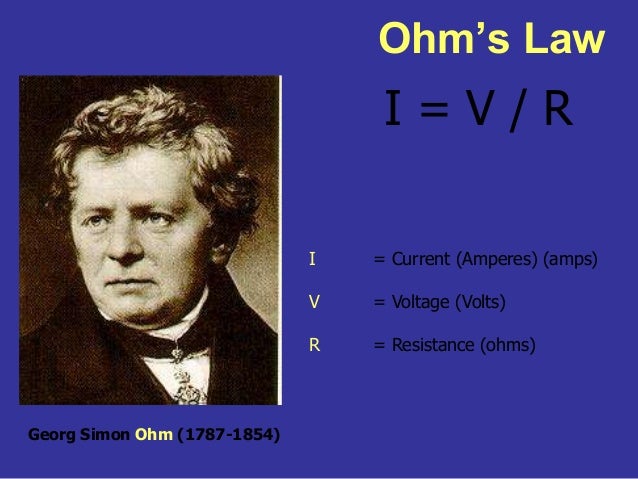Georg Simon Ohm
 |
| SMARTEEE |
mathematician and a physicist. The SI unit of electrical resistance was named after him as the Ohm. His
father, Johan Wolfgang Ohm, was a master locksmith. Johan Wolfgang married Maria Elizabeth Beck,
daughter of a master tailor. They were a protestant couple. Of their seven children only three survived
childhood: Georg Simon the eldest, Martin the mathematician, and Elizabeth Barbara. Johan Wolfgang gave
his sons a solid education in mathematics, physics, chemistry and the philosophies of Kant and Fichte. Their
mathematical talents were soon recognised by the Erlangen professor Karl Christian Von Langsdorf. Georg
Simon matriculated on the 3rd of May 1805 at the University of Erlangen. He studied 3 semesters there until
his father's displeasure at his supposed overindulgence in dancing, billiards, and ice skating forced him to
withdraw to rural Switzerland.
He began to teach mathematics in September 1806 in Gottstadt. He received his PhD on the 25th of October
1811. Lack of money forced him to seek employment from the German government. But, the best he could
obtain was a post as a teacher of mathematics and physics at a poorly attended 'Realschule' in Bamberg. He
worked there with great dissatisfaction. In 1817, Ohm was offered the position of 'Oberlehrer' of mathematics
and physics at the Jesuit Gymnasium at Cologne. He began his experiments on electricity and magnetism
after 1820. His first scientific paper was published in 1825 in which he sought a relationship between the
decrease in the force exerted by currentcarrying wires and the length of the wires. In April 1826, he published
two important papers on galvanicm electricity. He published his book on Ohm's law, Die Galvanische Kette
Mathematische Bearbeit, in 1827. Sir John Leslie had already provided both theoretical discussion and
experimental confirmation of Ohm's law in a paper written in 1791 and published in 1824, which was not
accepted. Ohm's law was so coldly received that Ohm resigned his post at Cologne. Ohm obtained the
professorship of physics at the Polytechninische Schedule in Nuremberg in 1833. Finally, his work began to be
recognised. In 1841, he was awarded the Copley Medal of the Royal Society of London and was made a
foreign member a year later.
No comments:
Post a Comment